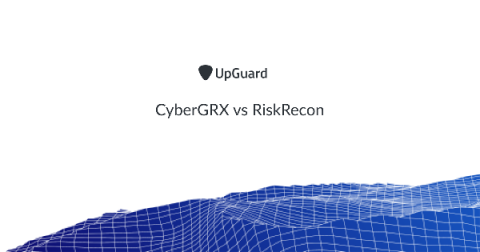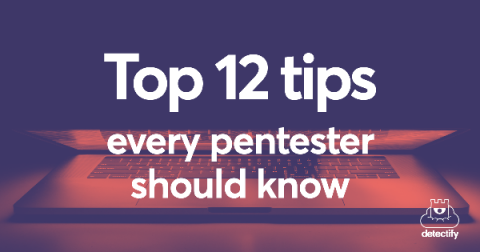Best practices to ensure data security while working remotely
Coronavirus has disrupted daily life for so many around the world in a shockingly short span of time. Lifestyles have shifted. A new normal, albeit a panic-stricken one, has set in. One-third of the global population is under lockdown to slow the spread of coronavirus. Many organizations have adopted temporary work-from-home measures to keep themselves up and running.











